“The Chinese sculptor, concept and installation artist, film-maker, book author and human rights activist Ai Weiwei is numbered amongst the most important representatives of contemporary Chinese art. His work has attracted international attention partly because in it he openly expresses criticism of his country’s government policy. Ai Weiwei pillories above all the Chinese government’s aggression towards dissidents. His criticism of the government and his anti- government activities have led to the artist himself being a victim of government power on several occasions. The present publication appears on the occasion of Ai Weiwei’s biggest exhibition so far worldwide. Many of the works were made especially for this major exhibition.
Much of Ai Weiwei’s work is a reflection of his own feelings of imprisonment, rage, and powerlessness. This book offers reproductions of the approximately 50 works in the exhibition, some of which were specially created for Berlin’s Martin-Gropius-Bau museum, and some even more specifically for the building’s enormous glass-topped atrium. From large installations to smaller dioramas, these works present Ai’s most recent artistic expressions of resistance, courage, and historical truth.”
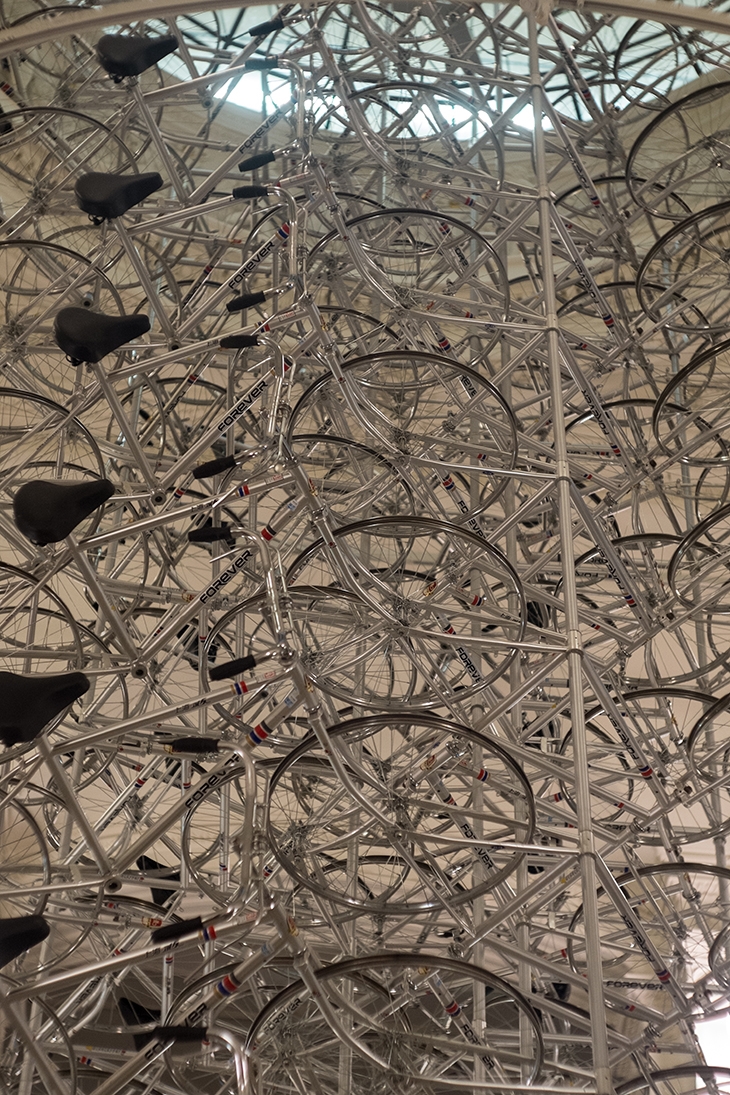 VERY YAO, 2009-2014. BICYCLES AND ALUMINUM, DIMENSIONS VARIABLE (C) AI WEIWEI. FOTOS (C) MATHIAS VÖLZKE
VERY YAO, 2009-2014. BICYCLES AND ALUMINUM, DIMENSIONS VARIABLE (C) AI WEIWEI. FOTOS (C) MATHIAS VÖLZKE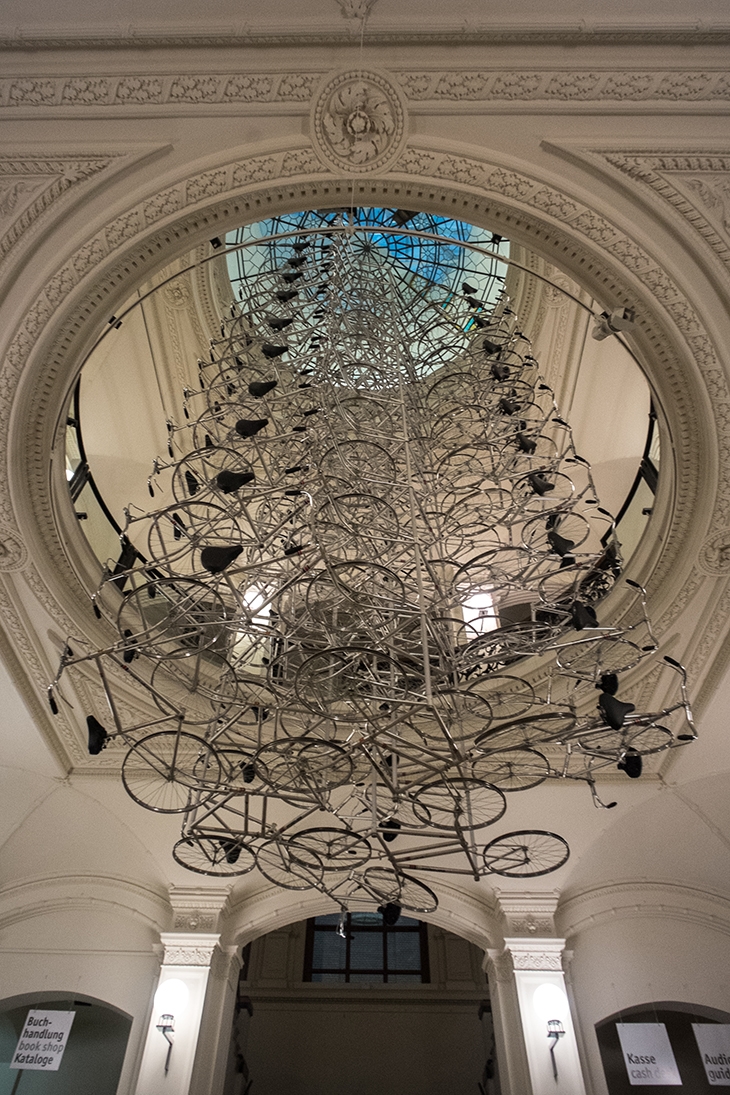 VERY YAO, 2009-2014. BICYCLES AND ALUMINUM, DIMENSIONS VARIABLE (C) AI WEIWEI. FOTOS (C) MATHIAS VÖLZKE
VERY YAO, 2009-2014. BICYCLES AND ALUMINUM, DIMENSIONS VARIABLE (C) AI WEIWEI. FOTOS (C) MATHIAS VÖLZKE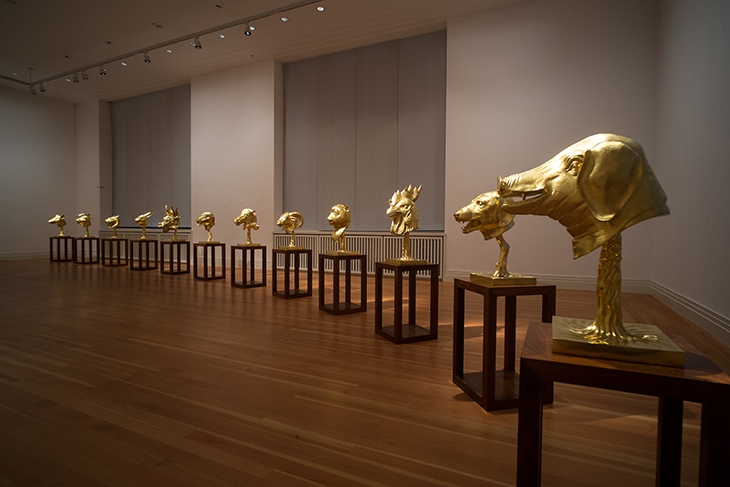 CIRCLE OF ANIMALS, 2011 (C) AI WEIWEI. FOTO (C) MATHIAS VÖLZKE
CIRCLE OF ANIMALS, 2011 (C) AI WEIWEI. FOTO (C) MATHIAS VÖLZKE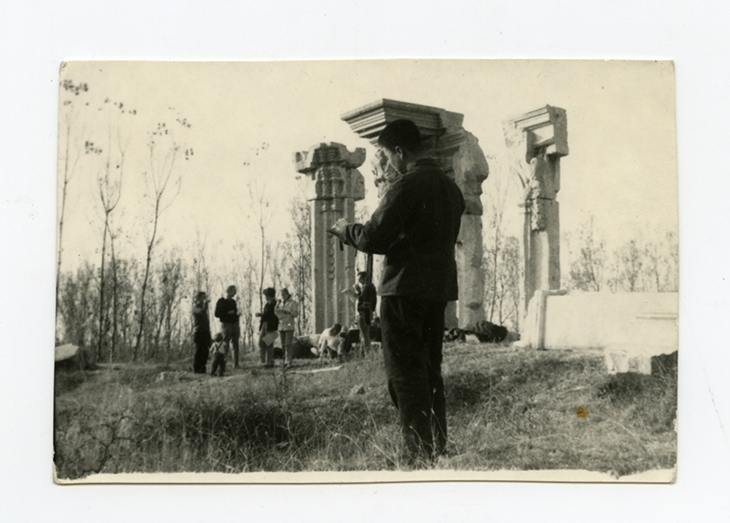 AI WEIWEI, BEIJING, 1977 (C) AI WEIWEI
AI WEIWEI, BEIJING, 1977 (C) AI WEIWEI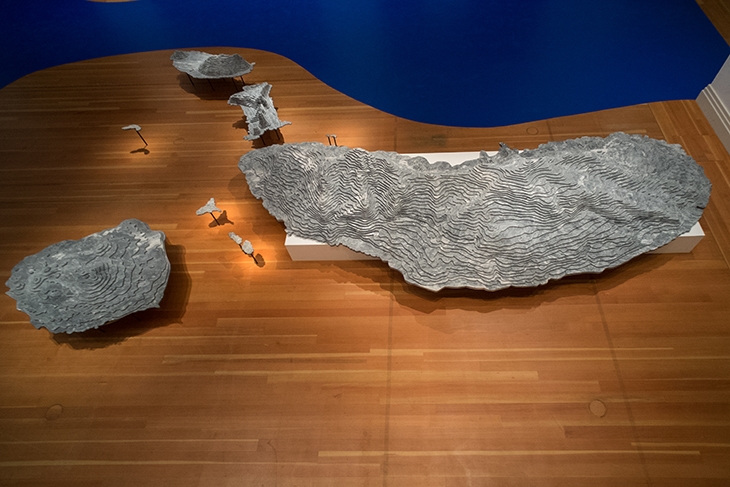 DIAOYU ISLANDS, 2014 MARBLE (C) AI WEIWEI. FOTO (C) MATHIAS VÖLZKE
DIAOYU ISLANDS, 2014 MARBLE (C) AI WEIWEI. FOTO (C) MATHIAS VÖLZKE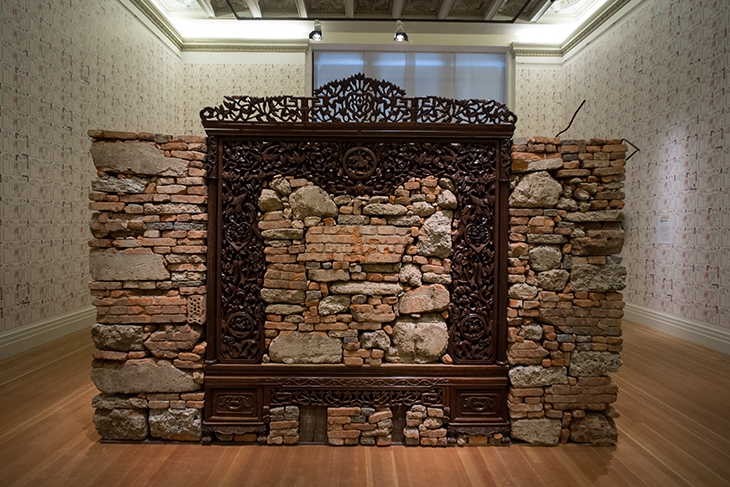 SOUVENIR FROM SHANGHAI, 2014 CONCRETE AND BRICK RUBBLE FROM AI WEIWEI?S DESTROYED SHANGHAI STUDIO, ROSEWOOD BEDFRAME FROM QING DYNASTY (1644-1911) 380 × 170 × 260 CM (C) AI WEIWEI. FOTO (C) MATHIAS VÖLZKE
SOUVENIR FROM SHANGHAI, 2014 CONCRETE AND BRICK RUBBLE FROM AI WEIWEI?S DESTROYED SHANGHAI STUDIO, ROSEWOOD BEDFRAME FROM QING DYNASTY (1644-1911) 380 × 170 × 260 CM (C) AI WEIWEI. FOTO (C) MATHIAS VÖLZKE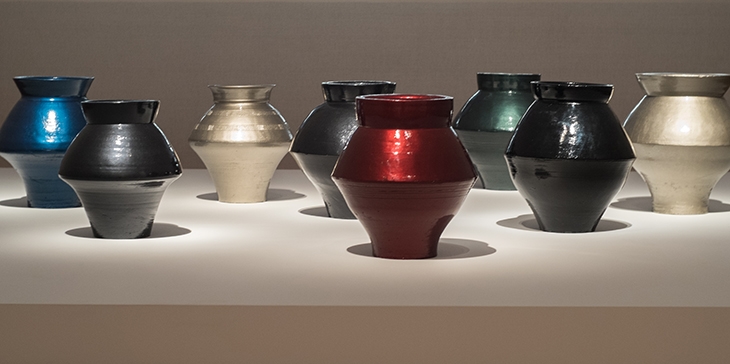 HAN DYNASTY VASES WITH AUTO PAINT, 2014 VASES FROM THE HAN DYNASTY (202 B. C. ? 220 A. D.) AND AUTO PAINT (C) AI WEIWEI. FOTO (C) MATHIAS VÖLZKE
HAN DYNASTY VASES WITH AUTO PAINT, 2014 VASES FROM THE HAN DYNASTY (202 B. C. ? 220 A. D.) AND AUTO PAINT (C) AI WEIWEI. FOTO (C) MATHIAS VÖLZKE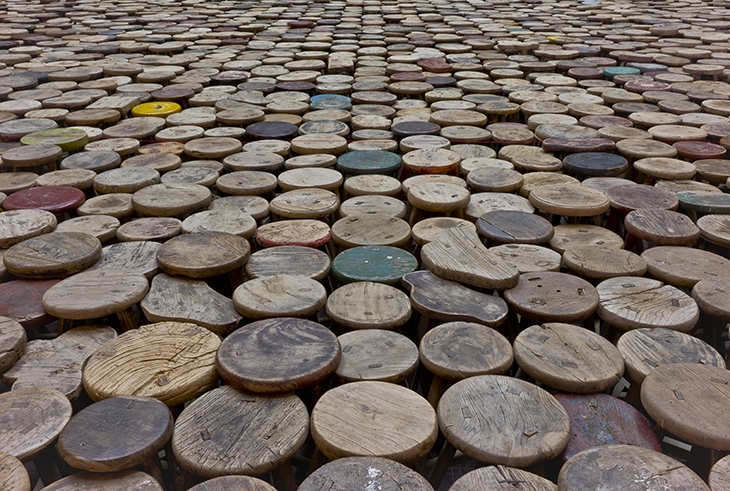 STOOLS, 2014 WOODEN STOOLS (C) AI WEIWEI. FOTOS (C) RESCHKE, STEFFENS & KRUSE, BERLIN/KÖLN
STOOLS, 2014 WOODEN STOOLS (C) AI WEIWEI. FOTOS (C) RESCHKE, STEFFENS & KRUSE, BERLIN/KÖLN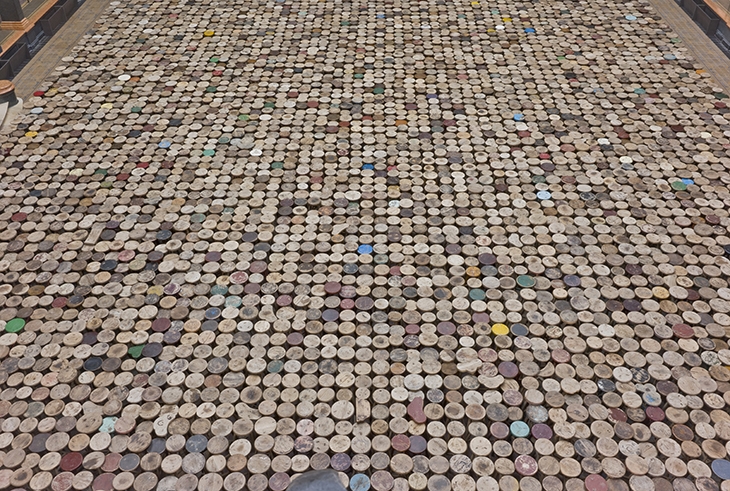 STOOLS, 2014 WOODEN STOOLS (C) AI WEIWEI. FOTOS (C) RESCHKE, STEFFENS & KRUSE, BERLIN/KÖLN
STOOLS, 2014 WOODEN STOOLS (C) AI WEIWEI. FOTOS (C) RESCHKE, STEFFENS & KRUSE, BERLIN/KÖLN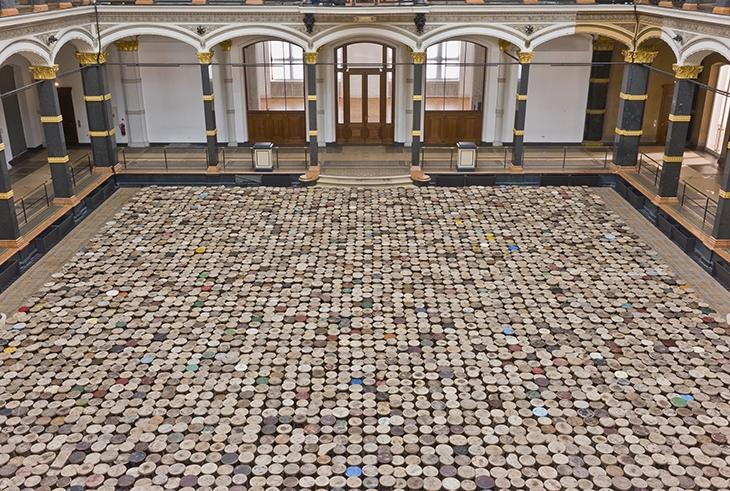 STOOLS, 2014 WOODEN STOOLS (C) AI WEIWEI. FOTOS (C) RESCHKE, STEFFENS & KRUSE, BERLIN/KÖLN
STOOLS, 2014 WOODEN STOOLS (C) AI WEIWEI. FOTOS (C) RESCHKE, STEFFENS & KRUSE, BERLIN/KÖLNREAD ALSO: COLLABORATIVE COOKING ART DIRECTION BY PJADAD,CHRISTIAN ISBERG, CARL BERGLÖF AND LASSE KORSGAARD